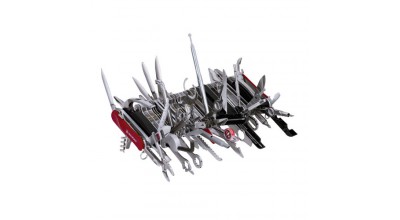There are always nice-to-have features, new technology and breakthrough ideas in new product development. In fact, new products are usually littered with unnecessary and avoidable risk. One high profile example was an all new wide body, mostly carbon fiber, aircraft. One feature of the plane was added electronic systems that replaced older heavier hydraulic systems. This called for higher capacity batteries. Was it absolutely necessary to incorporate Lithium Ion (Li-ion) batteries in the all-new aircraft to make it desirable to airlines? After all, the new aircraft offered great economy; unrivaled passenger comfort and outstanding performance. Was there a battery technology that would be less risky?
At that same point in time, a Japanese car company was faced with a choice of battery technology for their popular hybrid automobile. To assess the risk, they built and tested 100 vehicles with Li-ion batteries but decided to stay with NiMH batteries because the new technology was too risky to put in a car. The Li-ion choice for the carbon fiber aircraft was a very expensive one. All of the problems were finally resolved but only after the entire fleet, of 50 planes, was grounded for months. Talk about an expensive recall and really bad public relations. Was the new technology worth the risk?
When I was at Teledyne Benthos we were developing an all-new in-line leak detection machine that could detect small leaks in plastic bottles on filling lines in real-time. There was a customer need and nothing like it on the market, so we knew it would be a big success. But there was one problem, we were also designing new electronics for new the machine and this was by far the biggest risk. We decided to design the machine so that we could use either the existing electronics or the new electronics. Think Set-Based Design, why risk an exciting new product on some nice to have new technology that is not absolutely required for success?
I have seen this problem at every company that I have visited. Probably the most avoidable risk is to include a cost reduction that is not necessary for success; but management demands it. One company was designing a new integrated circuit wire-bonding machine with a 12% improvement in throughput. It was 9 months late, due to the inclusion of a 2% cost reduction on a sub-system. Which was the better choice? This risk was avoidable; don’t be too greedy.
So how do you avoid avoidable risk in new product development? Ask your team and management the following questions on an ongoing basis but especially at major reviews:
- Are the most important customer and business interests clear to the design team? Are the end user metrics of success listed in black and white, maybe on an A3? Are these end user metrics of success readily available to the designers, so that they can make the most appropriate technology trade-offs?
- Does the project include “nice-to-haves” that only add risk to the project but are not absolutely required to achieve the end user metrics of success?
- Can some risks be eliminated using Set-Based Design? Can you design-in a backup technology that saves the project if a new technology is late?
- Is it possible to conceive of a simpler project with less risk that could still achieve the primary customer and business interests?

